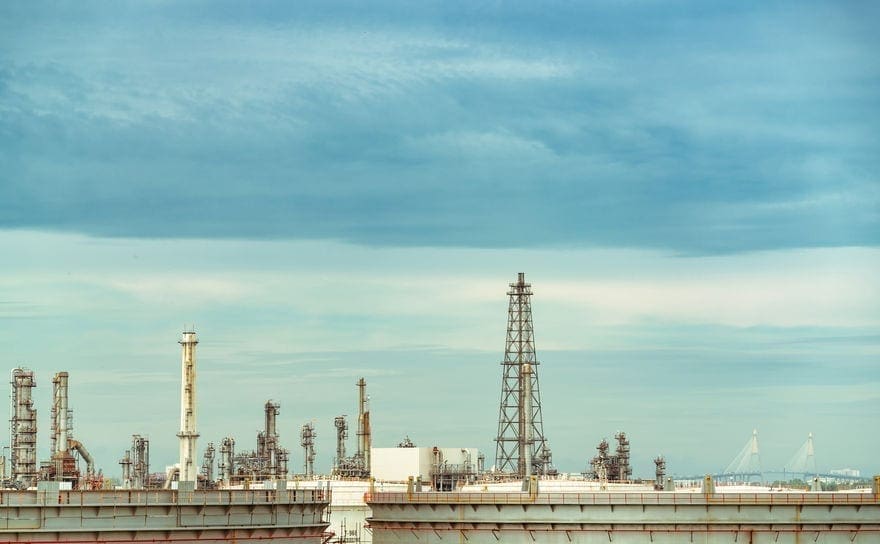Crude oil and natural gas prices stabilized in August, but the future looks uncertain, according to a recent report from the Energy Information Administration (EIA).
EIA said Brent crude oil spot prices averaged $45 per barrel in August, up $2 per barrel from the average in July and up $26 per barrel from the multiyear low monthly average price in April. Brent is the international crude oil traded on the ICE exchange in London. West Texas Intermediate traded in the $42 per barrel range on the New York Mercantile Exchange in August.
Natural gas spot price at Henry Hub averaged $2.30 per million British thermal units (MMBtu), up from an average of $1.77/MMBtu in July. “Higher natural gas spot prices reflect rising demand for natural gas from the U.S. electric power sector,” EIA stated.
EIA expects that rising domestic demand and demand for LNG exports heading into winter, combined with reduced production, will cause Henry Hub spot prices to rise to a monthly average of $3.40/MMBtu in January 2021. EIA expects that monthly average spot prices will remain higher than $3.00/MMBtu for all of 2021, averaging $3.19/MMBtu for the year, up from a forecast average of $2.16/MMBtu in 2020.
“The increase in oil prices has occurred as EIA estimates global oil markets have shifted from global liquid fuels inventories building at a rate of 7.2 million barrels per day (b/d) in the second quarter to drawing at a rate of 3.7 million b/d in the third quarter,” EIA stated.
“EIA expects inventory draws in the fourth quarter of 3.1 million b/d before markets become relatively balanced in 2021, with forecast draws of 0.3 million b/d. Despite expected inventory draws in the coming months, EIA expects high inventory levels and surplus crude oil production capacity will limit upward pressure on oil prices. EIA forecasts monthly Brent spot prices will average $44 during the fourth quarter of 2020 and rise to an average of $49 in 2021 as oil markets become more balanced.”
EIA estimates that global consumption of petroleum and liquid fuels averaged 94.3 million b/d in August. Liquid fuel consumption was down 8.2 million b/d from August 2019, but it was up from an average of 85.1 million b/d during the second quarter of 2020 and 93.3 million b/d in July. EIA forecasts that consumption of petroleum and liquid fuels globally will average 93.1 million b/d for all of 2020, down 8.3 million b/d from 2019, before increasing by 6.5 million b/d in 2021.
EIA estimates that global liquid fuels production averaged 91.5 million b/d in August, down 9.7 million b/d year over year. The decline largely reflects voluntary production cuts by the Organization of the Petroleum Exporting Countries (OPEC) and partner countries (OPEC+), along with reductions in drilling activity and production curtailments in the United States because of low oil prices. EIA expects global liquid fuel production will rise to an annual average of 99.3 million b/d in 2021.
Crude oil production in the United States declined from 12.7 million b/d in the first quarter of 2020 to a recent low of 10.0 million b/d in May.
Alex Mills is the former President of the Texas Alliance of Energy Producers.
Alex Mills is the former President of the Texas Alliance of Energy Producers. The Alliance is the largest state oil and gas associations in the nation with more than 3,000 members in 305 cities and 28 states.





